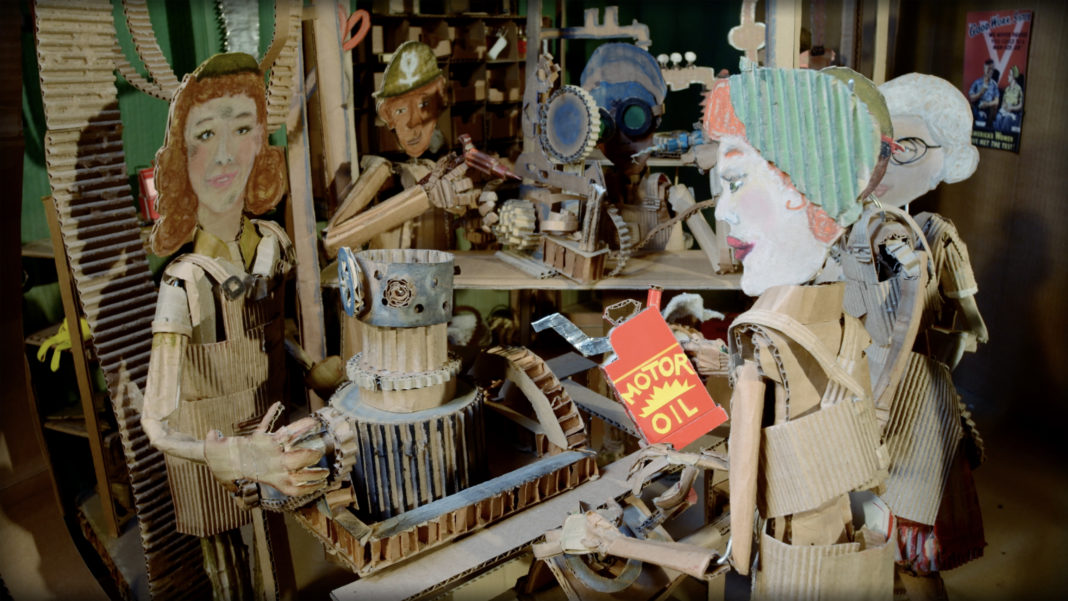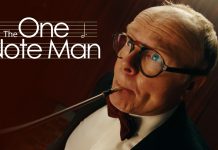The effect of #MeToo and Time’s Up has heightened a greater desire for more female-based storytelling – and no better example of this is in a fantastic new short, co-directed by Anne De Mare and Kirsten Kelly, which highlights a interesting story from the Second World War.
Fusing a mix of Live-Action with Animation, courtesy of Dashamation Studios, THE GIRL WITH THE RIVET GUN takes us on an enlightening journey through the ‘Rosie The Riveter’ Project, which told of women who were serving the war effort between 1939 – 1945.
Film and TV Now spoke with the directing team about their amazing project and what it took to get the film made.
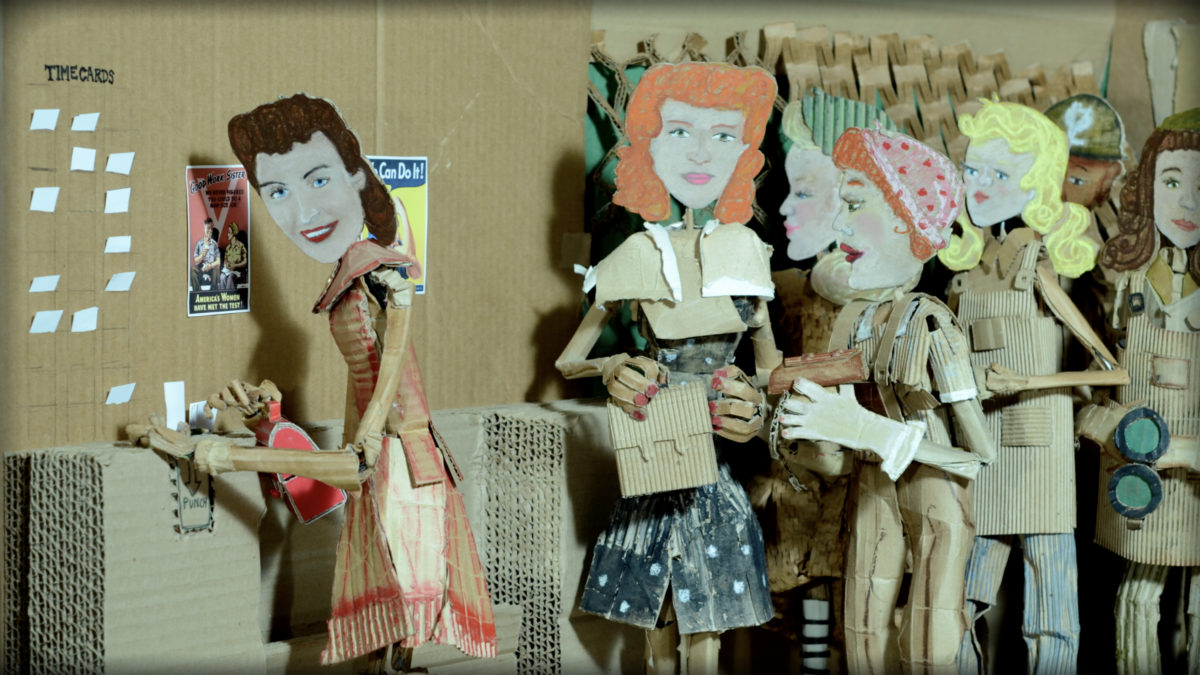
FILM AND TV NOW: This makes an interesting historical statement about gender and diversity during the WWII years, not to mention the class divide hinted by one of the stories. Are these themes you have always wanted to explore in film-making?
ANNE DE MARE / KIRSTEN KELLY: Absolutely.
The stories of women are often over-simplified in history, and for us, as women, lifting up the complex stories of these amazing diverse women during WWII, has been deeply rewarding.
As Directors, we both share a deep commitment to projects that celebrate the transformative power of the human spirit, where the individual experience illuminates the face of society as a whole, as well as projects that explore the human connection to social justice issues like racial and gender equity.
These Rosies and their journeys also reflect our strong interest in the curious, quirky and wondrous stories of life in the United States and the shifting definition of what it means to be an American.
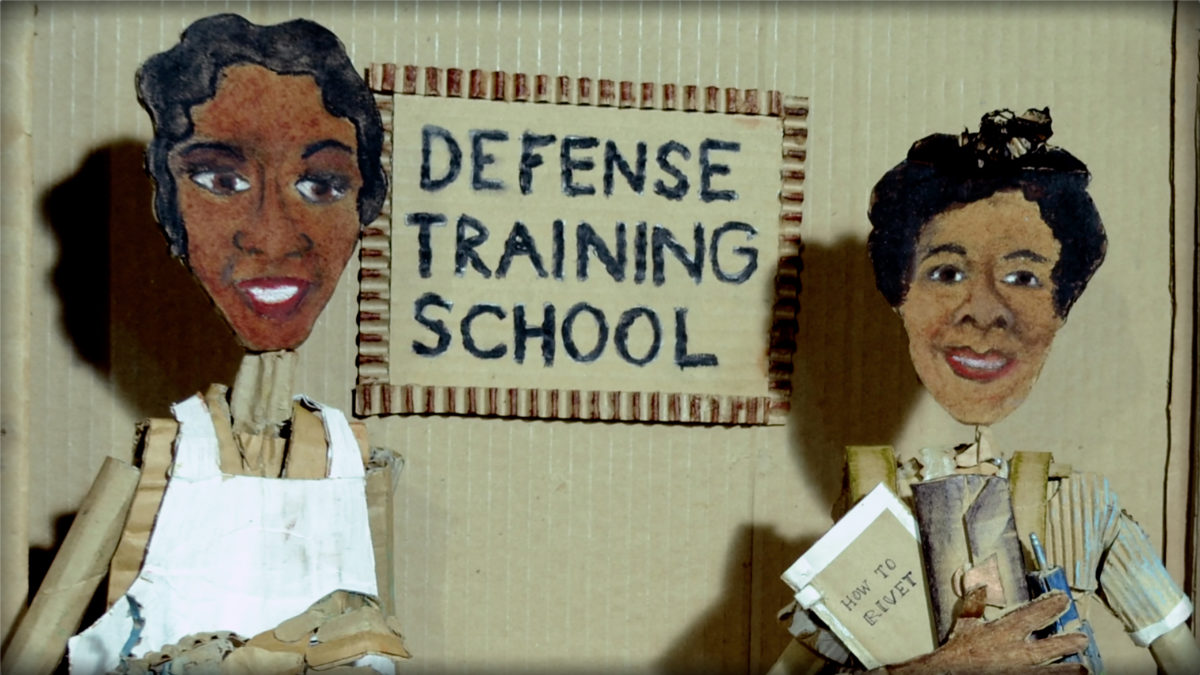
FTVN: Esther Horne, Susan Taylor King and Mildred Crow Sargent are your subjects in the film. The postscript of the film talks of six million American women who entered the workforce during the Second World War. How many women did you consider for the project?
ADM / KK: THE GIRL WITH THE RIVET GUN developed out of work we did on the Real Rosie The Riveter Project for NYU Libraries, where we interviewed 48 women from all around the country about their different experiences as Rosies during World War II.
Each of them told us stories we had never heard before, revealing this rich, undiscovered history of the time. They inspired us to want to take viewers far beyond the iconic image of the We Can Do It poster-girl into the lives of these real-life women who did nothing less than transform the American workplace at a pivotal moment in our history.
We chose Esther, Susan, and Mildred out of all the women because their diverse experiences and separate stories fit together to form a far more complicated portrait of Rosie than we are used to.
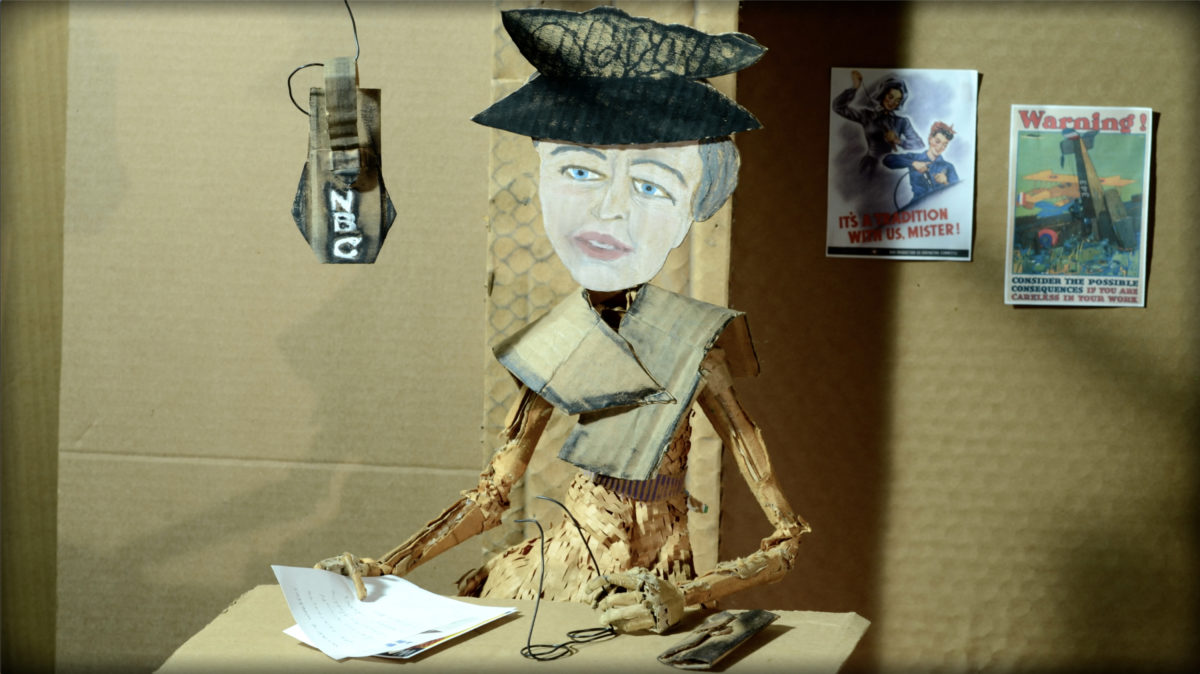
FTVN: The film was produced and conceived at Dashamation Studios. Tell us about this facility and what other work does it do?
ADM / KK: Dashamation Studios is the creative home of our brilliant animator Danielle Ash in Sunset Park, Brooklyn.
Danielle created the award-winning short independent film Pickles for Nickels about disappearing pickle shops of NYC, and her animation has been featured on Sesame Street (Counting 4 Wheels) and as part of a campaign of short films for Jack Daniel’s whiskey (A Bartender’s Tale).
She is the winner of the prestigious Helen Hill Animation Award, and her playful, handmade style appeals to a wide audience.
Related post: Capone First Trailer: Tom Hardy Is Notorious Gangster Al Capone In The Biopic
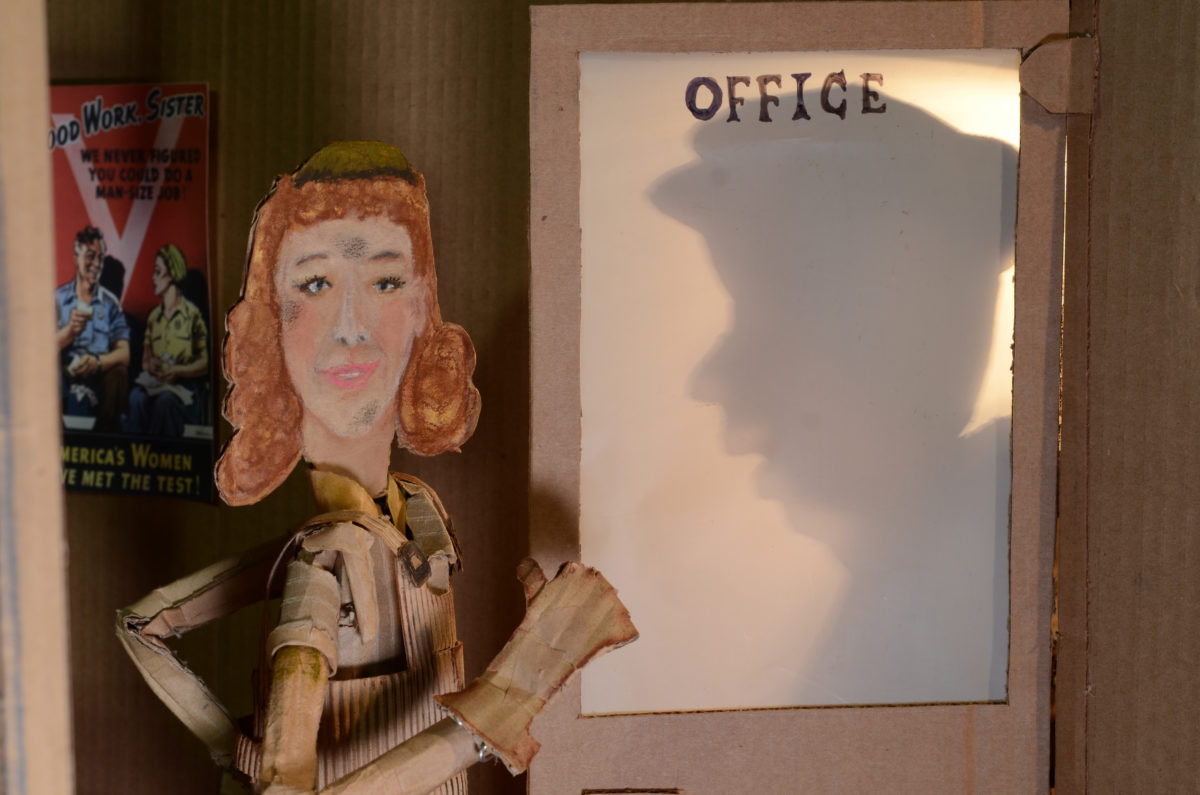
FTVN: The film is based on interviews conducted for ‘The Real Rosie The Riveter Project’ . Please tell us more about what this project was and how it was put together during the period of time you focus on.
ADM / KK: THE GIRL WITH THE RIVET GUN developed out of work we did on the Real Rosie The Riveter Project for NYU Libraries, where we interviewed 48 women from all around the country about their different experiences as Rosies during World War II.
These oral histories were created on digital video and are being preserved at the Tamiment Library. Most are full life histories describing early family history, education, employment experiences before the war, wartime work, and life after World War II.
As one would expect, a complex picture that emerges from these interviews. Looking back the Rosies found their wartime work experience transformative. It changed the ways in which they viewed themselves, instilling confidence, leading them to question the idea of separate spheres and providing a sense of pride and accomplishment that remained with them throughout their lives.
This may be one of the reasons that most of these Rosies continued to work outside the home. Many went on to college and graduate school, and had very interesting careers. Beyond that the experiences varied. African American women faced particular challenges with racial discrimination. Class, ethnicity, and sexual orientation also defined the wartime and postwar experiences of many of the Rosies.
The intellectual scaffolding for the interviews was based on a growing body of historical literature about Rosie the Riveter, and our discussions focused on a wide range of topics including:
• Transitions from farm to factory, rural to urban America
• Relations with supervisors
• Gender relations and discrimination at work
• The development of new patterns of occupational segregation
• Sex typing of jobs during the war
• Images of femininity in the war plants
• Equal pay
• Ambiguities in job classification as gender definitions become malleable
• Trade union experiences
• Women’s role in the union movement
• Ideas about seniority and aspirations for permanent jobs
• How experiences vary between industries and job sites
• Family roles
• The continuing ideal of domesticity
• Issues of child care and housework–the “double day”
• Race relations
• Sexual orientation and work experience
• Getting, spending, and consumerism
• Conflict and accommodation as pre-war sex segregation returns
• Response to losing their jobs at war’s end
• Post-war employment experiences, as most of these Rosies continued to work after the war.
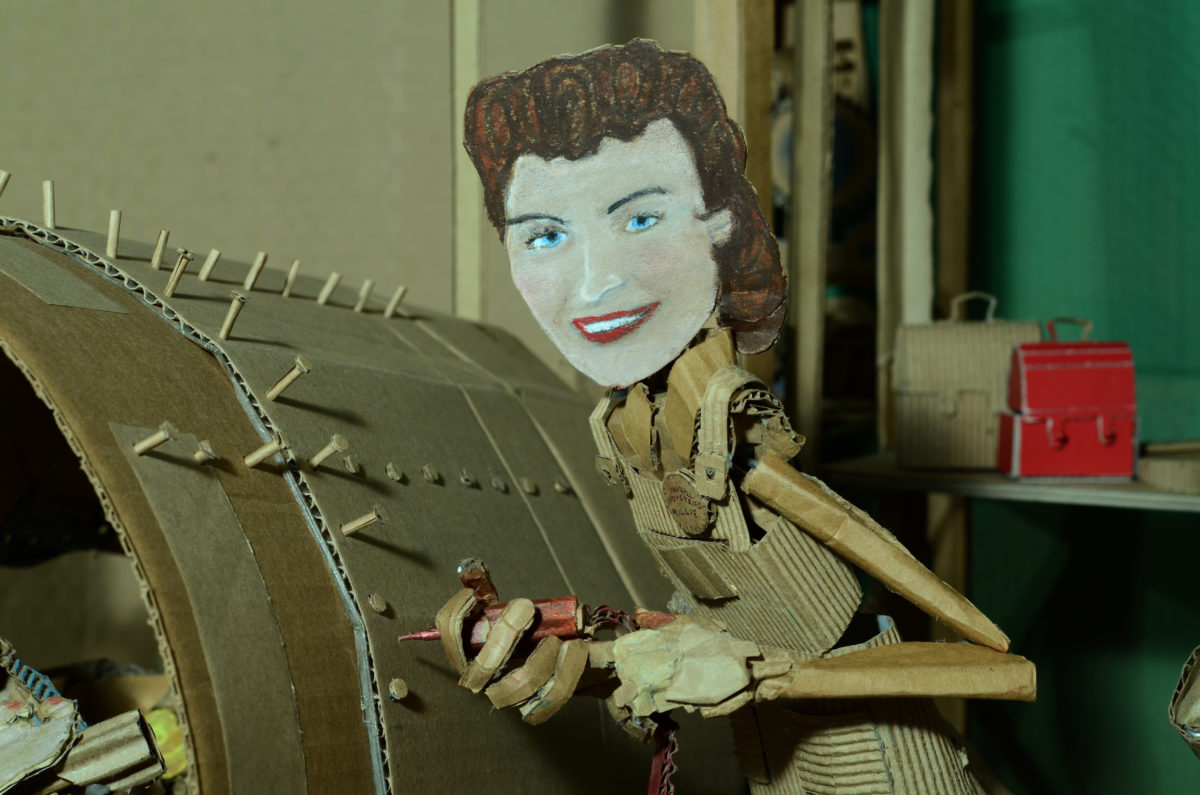
FTVN: You use a lot of music in the film. Traditionally, music rights can be quite an expensive undertaking, especially for the bigger film releases. How did you manage to secure the music for the film?
ADM / KK: Working with a limited budget, we had to be somewhat creative with our approach to the music.
We reached out to a wonderful composer colleague Michelle DiBucci of Sonic Highway, who had several pieces of original music heavily influenced by the WWII era in her library, and we were able to arrange to license these from her for a reasonable rate – like many of the female artists who worked on this piece, it has been a labor of love rather than a commercial venture.
We were also fortunate that some of the period music in the film is from the U.S. Army Band, and in the public domain. These formed the backbone of the piece, with the remainder of music sourced from music libraries that work with creative commons and low-cost licenses for indie film-makers.
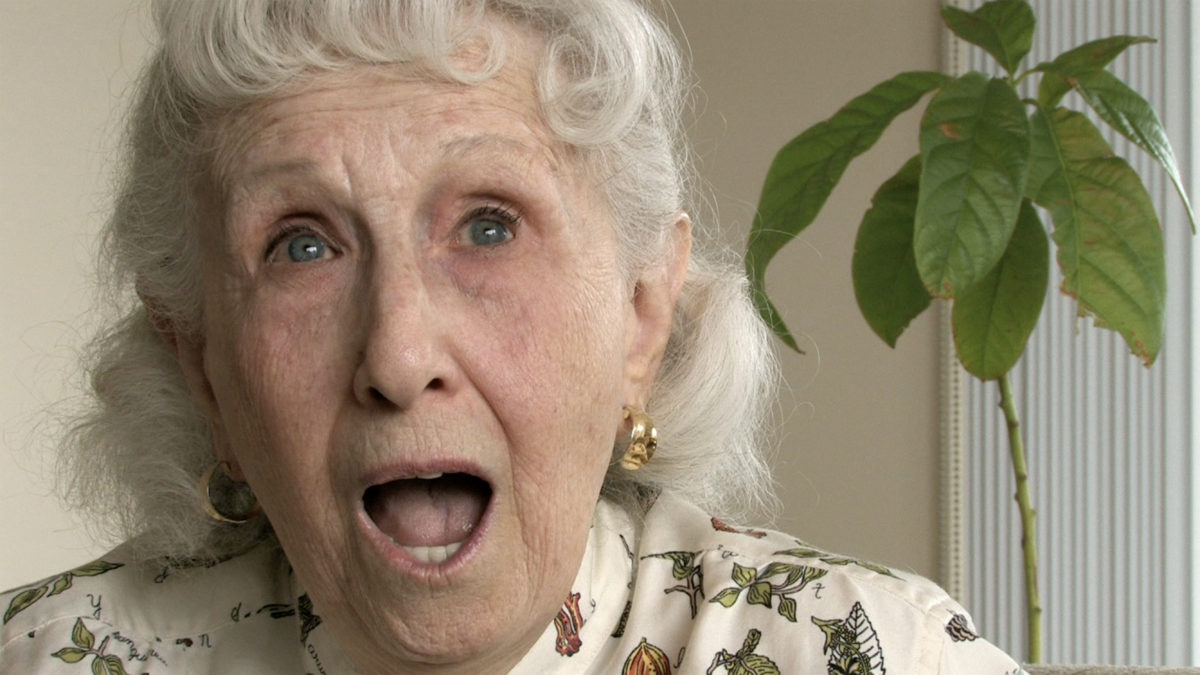
FTVN: Let’s talk a little bit about the animation style of the film, which is fused perfectly with the story. How did you come up with the specific style of the film?
ADM / KK: From the moment we first saw her work with handmade cardboard, stop-motion animation, we knew Danielle Ash was the right person to help us bring the factory worlds of The Girl with the Rivet Gun to life.
We were particularly drawn to the inventive Maker feel of her animation, and to the unexpected humor and humanity of her cardboard puppets. We worked together crafting the larger story and individual ideas for scenes, as she created the character design, sets, and literally hundreds of tiny cardboard props.
Her frankly brilliant imagination and level of detail were constantly inspiring to us.
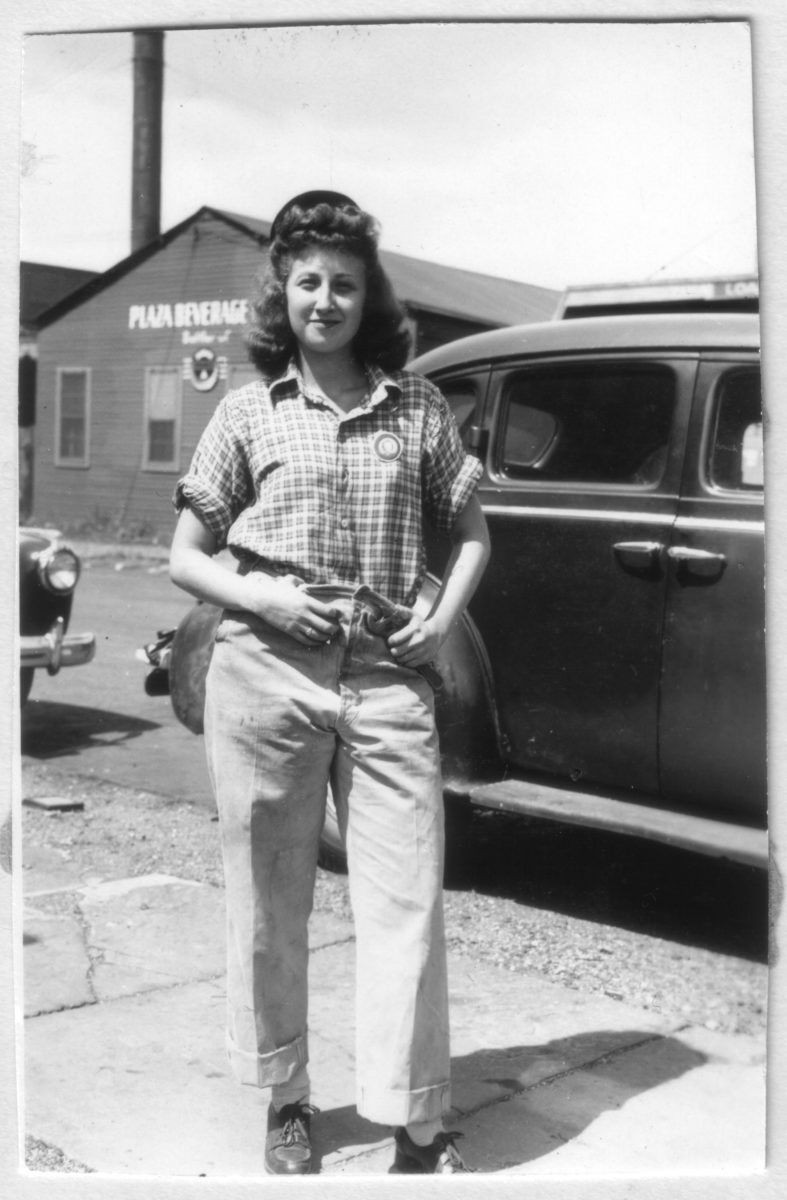
FTVN: You have Sound Design in the film. Please tell us more about your collaboration with the Sound Designer.
ADM / KK: We knew from the start how important sound design would be in bringing this particular film to life – from the sounds of the factories to the busy streets of 1940s Baltimore to the aircraft carriers, bombers and battles of the war itself.
Again, we were so fortunate to work with yet another crazy-talented female artist on the piece, Andrea Bella, whose complex, layered sound design gave huge dimension to the work. She created many of the sounds specifically for The Girl with the Rivet Gun, and worked directly with our voice-over artists to achieve just the right period-feel for the dialogue and background voices.
From the first moment we brought her sound design into the cut, it married brilliantly with Danielle’s animation, completely transforming the piece.
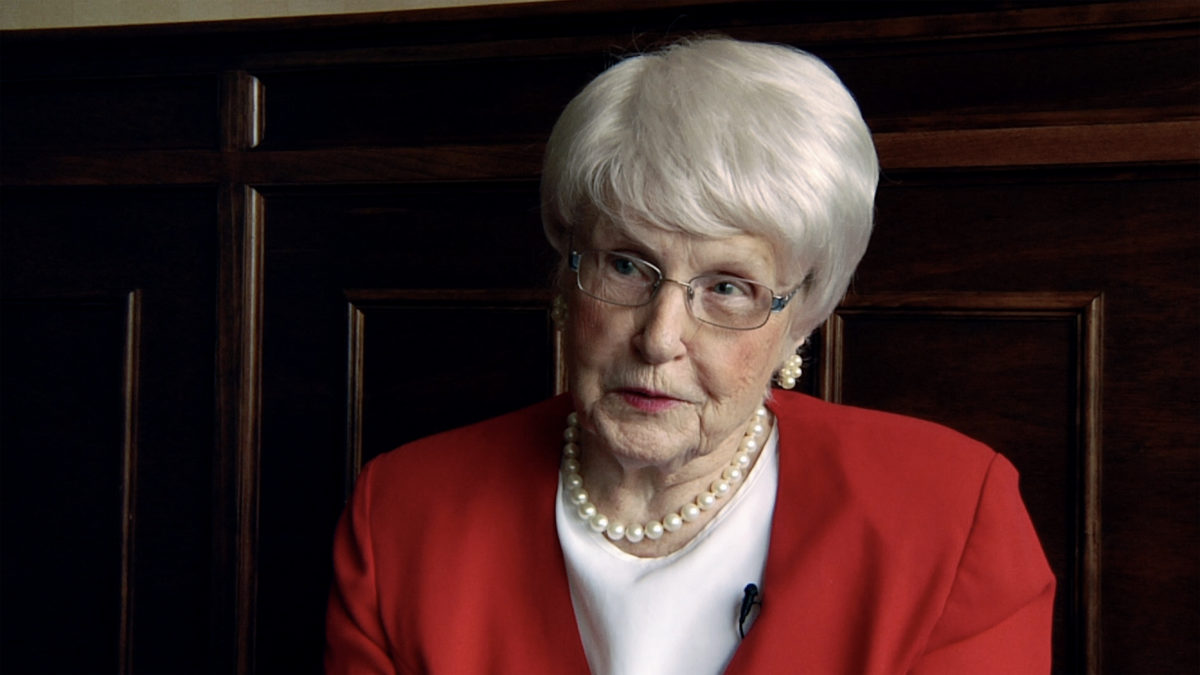
FTVN: The acclaimed film HIDDEN FIGURES was another example of how women shaped the destiny and future of America, in that context during the Space Race. There is much talk of how far we still have to go, given what has happened in recent times with certain developments. Where do you see this film in terms of the impact it can have on future audiences?
ADM / KK: To make progress, we need to keep lifting up women’s stories, including so many that remain hidden in the shadows of our history.
We hope to inspire audiences, especially young women and girls, to understand how important women have been to our collective past, and empower girls and boys alike to see women’s power and worth in the world.
That said, we also believe that these stories truly are for all of us; there are so many people our larger society overlooks – especially elderly women – and they have so much to teach us about ourselves and our world.
FTVN: How long did it take to make?
ADM / KK: We first began exploring the idea of using animation to tell these stories back in 2013, when we held an animation workshop with four different female animators, including Danielle Ash, that several of the Rosies were able to attend in person – including Esther Horne.
The project began to solidify after that, and we started developing ideas for the script. We began actual production on the piece in 2016, working on it off and on for almost four years. The actual animation is so labor intensive, especially in the beginning of the process, that Danielle would work on her own for weeks at a time, but it was always such a joy to visit the studio for our story sessions together and see her progress.
This kind of stop-motion animation can feel positively glacial at times – and as independent filmmakers, all of us had to take on other jobs and projects at various points in time.
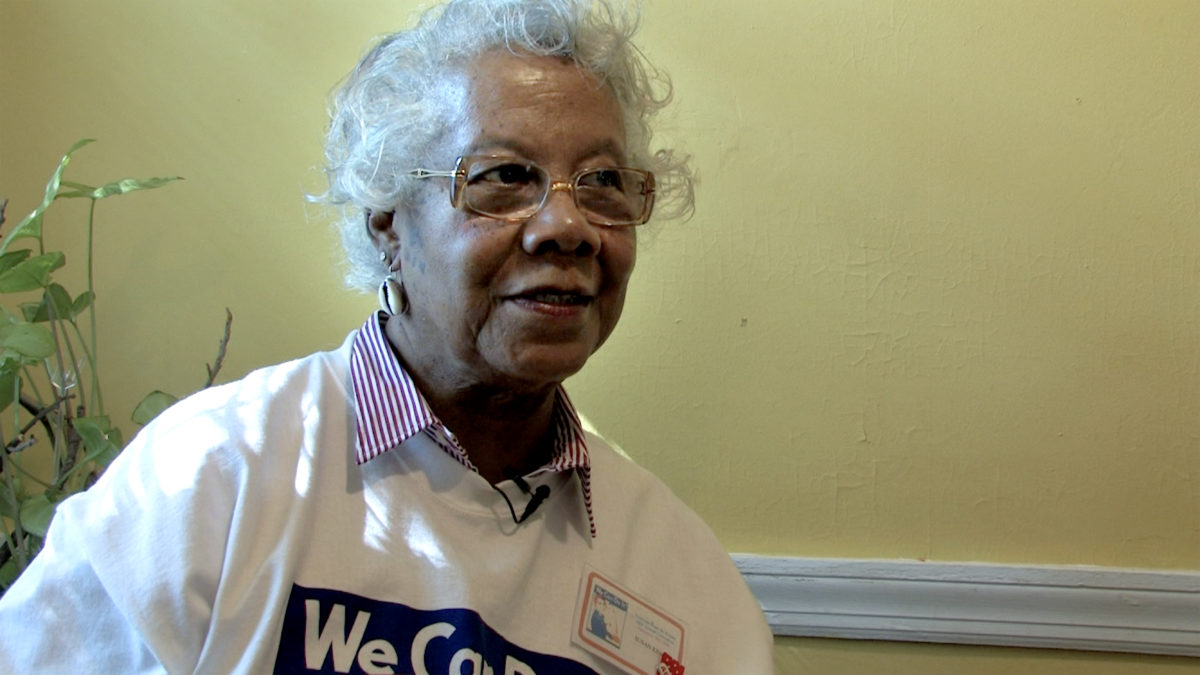
FTVN: The film is an all-female production, which is a very exciting and stimulating prospect. Are you hoping to do an expanded feature version of THE GIRL WITH THE RIVET GUN and are there other stories from the period you would love to tell that have excited you?
ADM / KK: Absolutely!
We have many more Rosie stories and hope to keep making short animated films that tell amazing, strong, unexpected and often unheard stories of women in the world.
FTVN: Finally, what are you most proud of about this film?
ADM / KK: We wanted to find a way to bring these stories alive for a modern audiences in a fresh and engaging way, to connect the memories and experiences of these young women in the 1940s to the modern struggles and triumphs of women, especially women working in non-traditional jobs struggling with gender equality in a meaningful way and feel we’ve done that.
We also wanted to work with an all-female team; film-making in general and animation in particular are heavily male-dominated fields. It felt great to employ women artists and highlight their amazing work.


